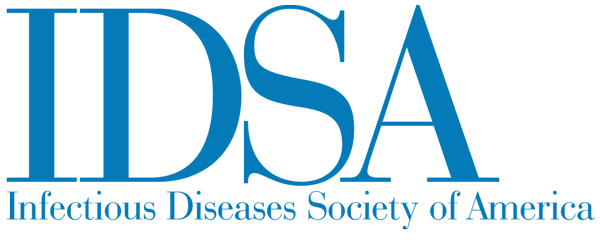COVID-19: Eight questions for the WHO team going to China next week to investigate pandemic origins
Facebook Twitter LinkedIn EmailToday the South China Morning Post reported that on Monday the World Health Organization Director General Tedros Adhanom Gehbreysus stated “We can fight the virus better when we know everything about the virus, including how it started . . .We will be sending a team next week to China to prepare for that”
Today marks six months since the December 30/31 initial international reports of the outbreak in Wuhan, Hubei province.
This is welcome news. This investigation of the origin of the SARS-CoV-2 virus that has caused the Covid-19 pandemic, if done well scientifically, will help build global solidarity against the pandemic moving forward. Below are eight questions, of more than 20, that, it is to be hoped, can, and should be answered during this investigation. Also, below are links to the prior five commentaries on the origin of SARS-CoV-2 by this author on this blog.
If done well scientifically, then this investigation should allay persistent concerns about the origin of this virus. It could also help set an improved standard for investigating and stopping the awful viruses, and other pathogens, in the decades ahead that will originate from different parts of the world. Recent examples include: pandemic H1N1 2009, MERS, Zika Congenital Syndrome, Ebola, Yellow Fever, Plague, Covid-19, and “Disease X,” and Disease Y.
Of the more than 20 questions that the investigation team can, it is to be hoped, and should be able to answer, below are an initial eight questions:
- What animals in the Wuhan Huanan Seafood Market were tested, what types of specimens were obtained, and what were all the results?
- What does a “One Health” (human, animal, environmental) blueprint map of the market show in terms of:
- The 33 positive and 552 negative “environmental samples”;
- The more than 27 persons epidemiologically linked to this Market
- All the negative, and any positive, specimens from specific animals.
- What exactly were each of the 33 virus-positive environmental samples (e.g., what type of sewage, cutting boards, door handles, garbage truck)? Why, and what specifically, were the 70 environmental samples obtained on January 12 from the market, after the 515 environmental samples obtained January 1 when the market was closed? How many of the January 12 specimens were virus-positive?
- What are the detailed results of testing in other markets in Wuhan, outside Wuhan in Hubei province, and outside Hubei province? What animal species were tested e.g., those species now known to be susceptible to the virus e.g., ferrets, cats, mink, tigers, maybe dogs, others. Were civets, raccoon dogs or red badgers tested given their reported susceptibility to SARS-CoV upon testing in 2003? What species of pangolins were tested, and from what sources?
- What are the complete data referenced in the March 13, 2020 article in the South China Morning Post (by Josephine Ma) titled: “Coronavirus: China’s first confirmed Covid-19 case traced back to November 17.” Where in Hubei province were the each of the initial cases reported? Were initial cases documented or suspected before November 17? If so, what were the results of those investigations epidemiologically?
- Given that the origin of the virus has been stated by the China CDC Director not to be the Wuhan Huanan Seafood Market (as quoted in the May 23 SCMP (by Zhuang Pinghui) was quoted in the South China Morning Post May 23 saying: it is important to address questions about any potential laboratory source of the virus, whether in Wuhan or elsewhere e.g. What kind, if any, “Gain-of-Function” experiments were done with coronaviruses in any laboratories in Wuhan, or elsewhere in China, or in foreign laboratories in collaboration with other countries including the USA, Singapore, Australia, France, Netherlands, or any others?
- Were any type of laboratory ferret-to-ferret passage of coronaviruses performed whether in Wuhan or elsewhere in China, or in collaboration with foreign laboratories? If so, what viruses were studied and what were the results? Were coronaviruses studied in any ferret-to-ferret studies that came from different animal e.g., bats, pangolins, and/or other animals?
- Why was the single specific environmental virus isolate from the Wuhan Huanan Seafood Market used chosen, as well as the single specific human isolate of the virus chosen in the experiments to infect ferrets in the “in the biosafety level 4 and animal biosafety level 4 facilities in the Harbin Veterinary Research Institute (HVRI) of the Chinese Academy of Agricultural Sciences (CAAS)”? (Reference: Jianzhong Shi et al 29 May Science 2020; 368, 1016–1020, titled: “Susceptibility of ferrets, cats, dogs, and other domesticated animals to SARS–coronavirus 2.”). These two virus isolates were described in the Methods section as: “SARS-CoV-2/ F13/environment/2020/Wuhan (F13-E), isolated from an environmental sample collected in the Huanan Seafood Market in Wuhan, and (ii) SARS-CoV-2/CTan/human/2020/Wuhan (CTan-H), isolated from a human patient”).
Discussions on the origin of SARS-Cov-2 have appeared here on Science Speaks on five occasions: Jan. 25, March 15, April 9, April 27, and May 27:
January 25: 2019-nCoV: An evidence-based hypothesis
March 15: Recent data and maps to help find the origin of COVID-19
April 9: Day 100 since the Wuhan market closed — where are the animals and their virus test results?
In addition, A widely-read article by Jon Cohen was posted January 26 in Science Insider associated with an interview by Jon Cohen following the Jan. 25 Science Speaks post.


